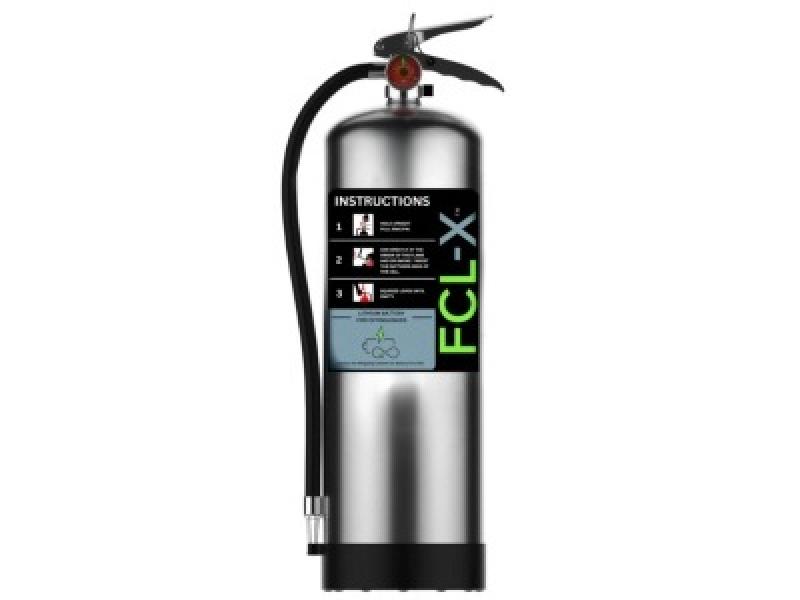
Shash Anand, SOTI’s vice-president of product strategy. (Courtesy SOTI Inc.)
There’s a disconnect between Canadian IT leaders’ efforts to reduce e-waste at their companies, and how they manage corporate hardware devices.
That’s the key finding of the inaugural report from Mississauga-based IoT solutions provider SOTI Inc., titled Reduce, Reuse, Rethink: From Discard Mentality to Tech Sustainability.
As more and more companies in Canada and around the world set waste and carbon-reduction targets – some even aiming for net-zero emissions – reducing or at least recycling a company’s electronic waste is part of the challenge they face in meeting those goals.
But 36 per cent of these IT executives said their firms replace laptops and tablets when the warranty expires. The report also states 32 per cent of Canadian executives replace their phones, headsets and wearables upon the warranty’s expiration, and 26 per cent replace printers even if their current system is functional.
“What we found is that (Canadian enterprises) are lured into adopting the latest and greatest hardware, yet up to 67 per cent of the IT leaders believe that devices are replaced prematurely,” said Shash Anand, the vice-president of product strategy at SOTI. “This is despite IT leaders placing a really big emphasis on reaching their sustainability goals.”
SOTI interviewed 250 Canadian IT employees for the study, which was also conducted at an international level.
The average annual budget for replacing electronic devices, as identified by Canadian IT leaders interviewed for the report, was $154,091.
SOTI’s Canadian findings
The e-waste disconnect showed up in another statistic as well: 68 per cent of IT leaders in Canada agree device management is an important environmental issue, despite the fact 71 per cent also believe having the latest hardware devices at their disposal makes their organization more attractive for workers.
Sixty-two per cent have enterprise mobility management solutions (EMM) in place at their companies, but are “failing to reap the benefits of the solution in extending device lifespan,” Anand said. EMM is a set of processes and policies managing the use of corporate and employee-owned devices within an organization.
“We’re seeing a trend where there is digital transformation happening, but it’s working against the idea of efficiency gains,” Anand said, “when in fact it should be working in tandem with it. But that’s the challenge.”
The report recommends companies fully utilize or implement EMM to take full advantage of the lifecycles of their devices.
Anand uses the analogy of a car battery — when it stops working, the driver doesn’t replace the entire car, they simply replace the battery. The same thinking can and should apply to company devices.
“This changing strategy will help with digital proficiency and making it stay at a higher level,” Anand said. “This will allow companies to realize the full lifecycle potential of enterprise devices.”
Beyond Canada
Mississauga-based SOTI interviewed 2,500 IT workers at companies with at least 50 employees. Aside from Canada, interviews were conducted with employees in the U.S., Mexico, U.K., Germany, France, Sweden and Australia. In the U.S. and U.K., 500 participants each were surveyed. The survey took place between February 17 and March 2 of this year.
SOTI, founded in 1995, has offices in the U.S., Europe, India, Japan, Australia and the U.A.E.
Forty-four per cent of devices used by enterprises have replaceable batteries, but only 32 per cent of IT leaders have an annual budget earmarked for battery replacements.
It’s also important for companies to look at the differences between wireless and AC charging, or the downsides of leaving a device on 100 per cent charge overnight, Anand explained. In an office structure, it could be that the WiFi signal needs to be strengthened, or there need to be more access points in that environment.
In all countries surveyed, the report found 55 per cent of printers, 64 per cent of laptops, 65 per cent of tablets and 69 per cent of mobile phones were disposed of unnecessarily.
59 per cent of IT decision-makers surveyed said they have specific sustainability goals related to hardware waste, and 55 per cent claim to have corporate social responsibility key performance indicators that set clear goals for sustainable device management.
In spite of these goals, the problem remains.
“This isn’t the (be-all and end-all) but this is definitely part of that solution: to prolong your devices and to not discard them,” Anand said. “If I can preserve these devices for five years, instead of every two years, which can easily be done, I’m cutting my cost down quite a bit. It’s a significant benefit for the company, as well as from a CSR perspective and ESG perspective.”
The report urges battery life monitoring should become a core part of e-waste strategies, triggering a “broader mindset shift where ‘diagnose and repair’ becomes more commonplace than ‘discard and upgrade.’ “










